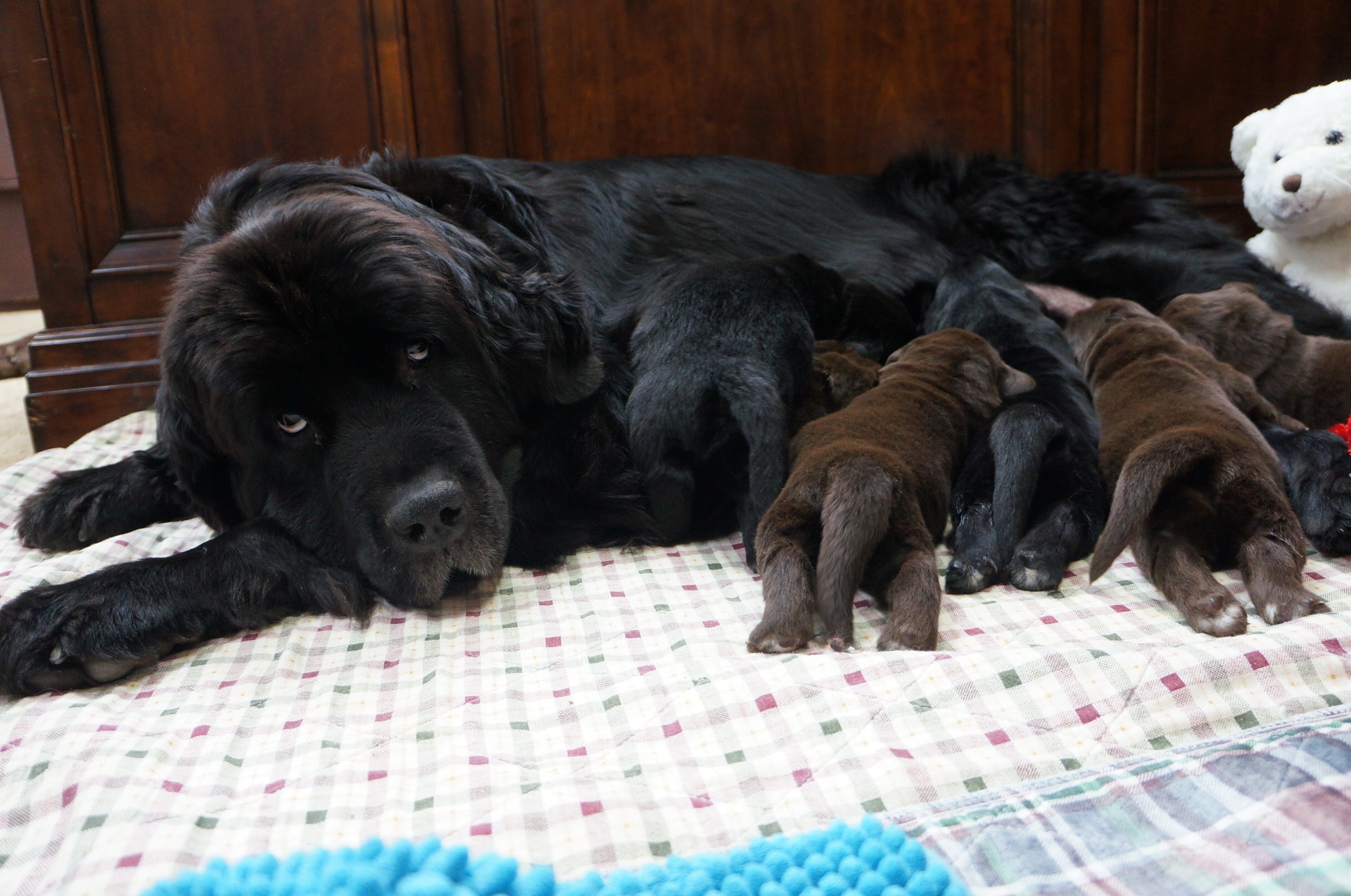
Biosecurity Plan: The measures you take to keep diseases out of your kennel and contact to your dogs and puppies…to limit the spread of disease. APRI National Representatives visit various pet breeding and pet care facilities throughout the country. This is just a brief outline, and we are happy to share any ideas with you that may be helpful in developing a detailed biosecurity plan that works particularly for you.
Your kennel facility must have a biosecurity plan that addresses the methods used to prevent the intrusion of disease and the spread of diseases within the dog and puppy population.
The plan may include but is not limited to:
- Isolation of outside dogs/puppies coming into the kennel facility…consider the incubation period.
- Isolation of ill or infirmed dogs/puppies … consider the incubation period.
- Limitations of visitors, employees, and owners within the kennel, i.e., persons entering a whelping area after being present in a housing area.
- Addressing the highest levels of risk for disease – new dogs or puppies coming to the facility.
- Kennels receiving new dogs or puppies must have an isolation area. This includes animals that may leave the facility and then return. Preventative biosecure care should be given while attending to these dogs and puppies within the facility. The caregiver shall use appropriate disinfecting methods before and after entering an isolation area. All preventive health screenings shall be completed before reentering a dog or puppy into the general facility.
- Dogs or puppies within the facility that become ill with an infectious disease shall be placed in an isolation area.
- Dogs or puppies with chronic adverse health conditions must be reviewed for removal from the facility depending on the nature of the seriousness of the chronic condition.
- Kennel Visitors – all the following shall include the appropriate measure of sanitizing of hands, footwear, body clothing, tools, equipment, and vehicles.
- Low-Risk Visitors – These visitors have no contact with other animals, dogs, puppies, animal housing facilities. Focus on specific disinfecting methods recommended for the isolation area. – Do not rely on simple means of disinfecting a visitor with sprays, lotions, or foot baths. These methods have variables that may lessen their effectiveness. Give attention to the areas that you allow these visitors to have access to. Request hand sanitizing when visitors arrive and depart.
- Medium-Risk Visitors – People who visit with other animals, dogs, puppies, animal housing facilities. but have little or no contact with the animals. Utility workers, salesmen, and delivery people may fall into this category. The same precautions shall apply to this group with added caution.
- High-Risk Visitors – include other kennel owners, inspectors, humane officers, veterinarians, and any visitor that has been in direct contact with any other with other animals, dogs, puppies, animal housing facilities, pet stores, or farms. Included in this group is ANY individual that has had any contact with an animal that is sick or incubating an illness that can be transmitted; mild or serious in nature, i.e., kennel-cough, Parvovirus.
- Have a veterinarian health plan that includes parasite control and a vaccination program.
- Maintain a rodent, pest, or wildlife control program.
©America’s Pet Registry 2.2009p